
The American Association of Orthodontists (AAO) advises to consult at about 7, in order to draw up a first report that will prove to provide important information on the evolution of the patient’s dentition.
Indeed, an abnormally-positionned maxillary or teeth can and must be taken care of early, while other defects cannot be fixed until all permanent teeth are out.

There is no upper age limit for orthodontic treatment: teeth can be moved at any stage of life ; however, the possibilities of treatment are different on a non-growing patient.
Treatment on adults can be necessary when, for instance, a tooth has been missing for a long time : replacement by a dental surgeon cannot be done in good conditions without having aligned the neighboring teeth first.
There are also a lot of adults who, not having been treated as children, realize that improving oral health is beneficial to their personal and social lives.

Yes you can, just book an appointment with our secretary or online with Doctolib.
We receive both patients sent by their dentist and patients who come directly to us.
In any case, it is not necessary to go through your primary care physician first.
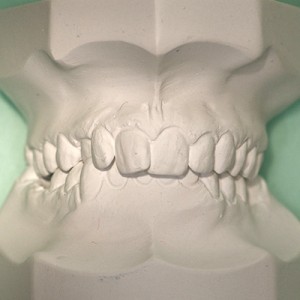
During your first appointment, we perform a clinical examination.
If there is a malocclusion to correct or monitor, we may need to conduct additional tests (X-rays, impressions, photographs) to refine the diagnosis and establish a treatment plan.
This will allow us to answer all of your questions.
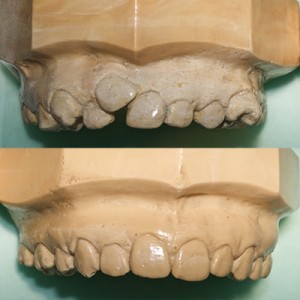
This is SOMETIMES true, but most often, the benefit of maxillary growth is insufficient to allow spontaneous alignment of the teeth.
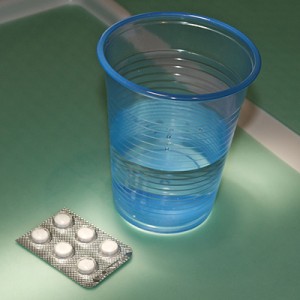
Setting the appliance is almost painless, but there is a certain discomfort in the days that follow.
Some appliances act without causing any pain, but some others can cause the teeth to be sensitive or painful for a few days. Taking painkillers will help, but we are very attentive to the management of pain and you should not hesitate to talk about it. Dental pain must be distinguished from irritation of the mucous membranes (lips, cheeks) by the brackets or wires : irritation can occur at any time during treatment. Orthodontic wax most often helps solve this problem.

It depends on the importance of malocclusion as well as on the objectives one has set.
It is necessary to distinguish the active treatment from retention.
The duration of ACTIVE treatment (when teeth are being moved) can vary between 6 and 30 months. We strive to make as accurate an estimate as possible before starting, and the estimated duration of treatment will be indicated on the quotation.
After treatment, it is ESSENTIAL to maintain all teeth in their new position: it is the retention phase, which lasts at least a year.
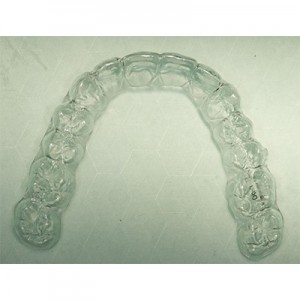
Teeth have a spontaneous tendency -- although highly variable -- to resume their initial position, and it is ESSENTIAL to maintain them in the position obtained after active treatment.
This is done using appliances much less restrictive than brackets, but it is essential to do so with the utmost thoroughness.
Most often, a thin wire is glued behind the lower teeth (from canine to canine). As for the upper teeth, a night-time retainer is usually prescribed. When possible, a wire can also be glued behind the upper incisors.

Treatment on 7 or 8 year olds reduces the duration of treatment on permanent teeth, and in some children, an early orthodontic treatment can help avoid incisor fractures in the event of falls or blows taken to the face...
Disgraceful malocclusions can psychologically harm children and affect the harmonious development of their personality. Unfortunately, it can even lead to bullying and do great damage to their self-esteem.

Cost depends on the type of appliance used and the estimated duration of treatment. A written quotation is systematically established.
There are two scenarios:
- If the patient is under 16: the treatment is subject to prior agreement, Social Security reimburses a flat rate of 193,50 Euros per semester of active treatment (within the limit of 6 semesters), and 161 Euros for the first year of retention.
The rest is reimbursed in a variable manner, depending on complementary insurance. - If the patient is over 16: Social Security does not support orthodontic treatment, and there is usually no reimbursement by mutuals. However, some mutuals (still too few of them) offer partial support for orthodontics on adults.
In both cases, the fees are freely set.
- For patients under 16, fees are calculated at a flat rate per semester.
- For patients over 16, we establish a global quotation and flat rate.
The terms of payment are defined prior to treatment : most often there are two deadlines per semester, but payment by installments is an option, mainly for patients over 16.
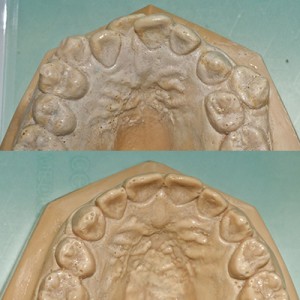
Despite the significant technical progress of recent years, it is sometimes necessary to extract teeth to obtain the best aesthetic result (aligned teeth and a harmonious face) while maintaining optimal stability.

From every 5 to 10 weeks, depending on the patient, the type of malocclusion, the stage of orthodontic treatment and the requirements of each stage.

We strive to comply with our patients’ schedules, and therefore try as often as possible to provide appointments outside of school hours.
However, long appointments (such as the glueing of multi-brackets or removal at the end of treatment) are set in the morning or early afternoon (or Wednesdays).

No, because we believe that our patients should benefit from the most efficient equipment.

Everything depends on the type of appliance: it is obviously formally forbidden to practice a sport while wearing an extra-oral appliance.
With brackets one can practice all sports.
Wearing a tooth guard is always strongly recommended when it comes to risky sports.
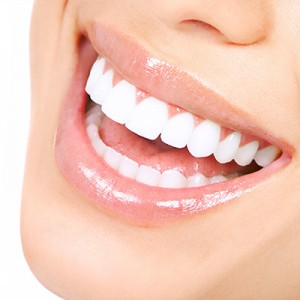
Correcting a malocclusion, the improvement of facial appearance and a graceful smile benefit self-esteem and can induce greater ease in personal, social and professional life.
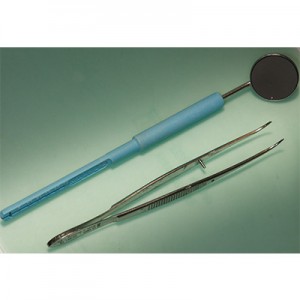
Yes, it is necessary to continue to see your dentist as regularly as before: it is up to him to advise you on the frequency of appointments (usually once to twice a year).

If your appliance causes significant pain, or if something is broken, contact us by phone: we can give you advice, or make an emergency appointment to relieve you.

Our specialization (which consists in 3 years of training) deepens our knowledge and skills in the field of orthodontics.
You will sometimes find the term Dento-Facial Orthopedics, but Orthodontics is a more common term nowadays.